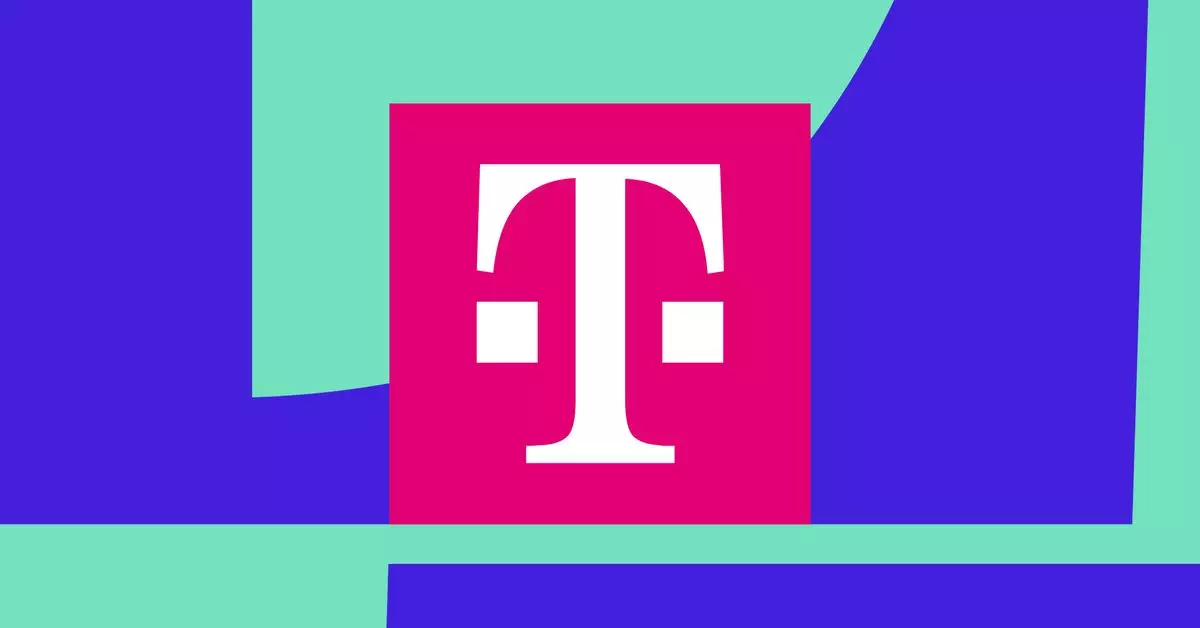In times of natural disasters, maintaining communication is paramount, especially when traditional networks are compromised. Recently, T-Mobile customers situated in regions devastated by Hurricane Helene and Hurricane Milton have received a lifeline: SMS texting via SpaceX’s Starlink satellites. This pioneering move illustrates a noteworthy collaboration between telecommunications and aerospace industries, aiming to provide a reliable means of communication in the wake of calamity.
SpaceX has declared, “We have now enabled basic texting (SMS) for those on T-Mobile phones in hurricane-affected areas.” This strategic interaction showcases not only the versatility of satellite technology but also the urgent need for effective communication networks that can function when terrestrial infrastructures fail. The ability to send and receive messages—including emergency alerts—provides critical support for individuals during crises.
For T-Mobile customers, accessing this innovative service requires connecting to a Starlink satellite rather than the conventional cellular antennas. This new protocol offers users a unique experience as their network will be displayed as “T-Mobile SpaceX” on their devices, with an anticipated service level of 1 to 2 bars. While this may seem modest compared to typical cellular networks, it allows for unprecedented connectivity options during emergencies when ground services are rendered ineffective.
However, users should be aware that the experience may not be perfect. SpaceX advises that while texting may not always go through on the first attempt, retrying is often successful. Consequently, this service particularly excels outdoors and can function indoors, albeit mainly near windows where satellite signals are accessible.
The Federal Communications Commission (FCC) has played a pivotal role in enabling this satellite-based service. Just recently, the FCC granted SpaceX and T-Mobile temporary approval for direct-to-cell technology within areas affected by Hurricane Helene. Such governmental endorsement is crucial as it validates the necessity of innovation in communication technologies during crises, while also ensuring that such services adhere to regulatory standards. By facilitating emergency alerts across various phone carriers, the FCC’s involvement amplifies the reach of crucial information during disasters.
The development of SMS capabilities over satellite networks indicates a transformative leap not only for T-Mobile and SpaceX but also for how we perceive and utilize technology during emergencies. As climate change continues to increase the frequency and intensity of natural disasters, the integration of satellite communication solutions like Starlink could become indispensable.
As these technologies evolve, they have the potential to redefine the landscape of communication in disaster zones. They represent a forward-thinking approach that prioritizes human safety and connectivity. Ultimately, the collaboration between T-Mobile and SpaceX may serve as a blueprint for future partnerships aimed at enhancing crisis communication capabilities in an increasingly unpredictable world.

